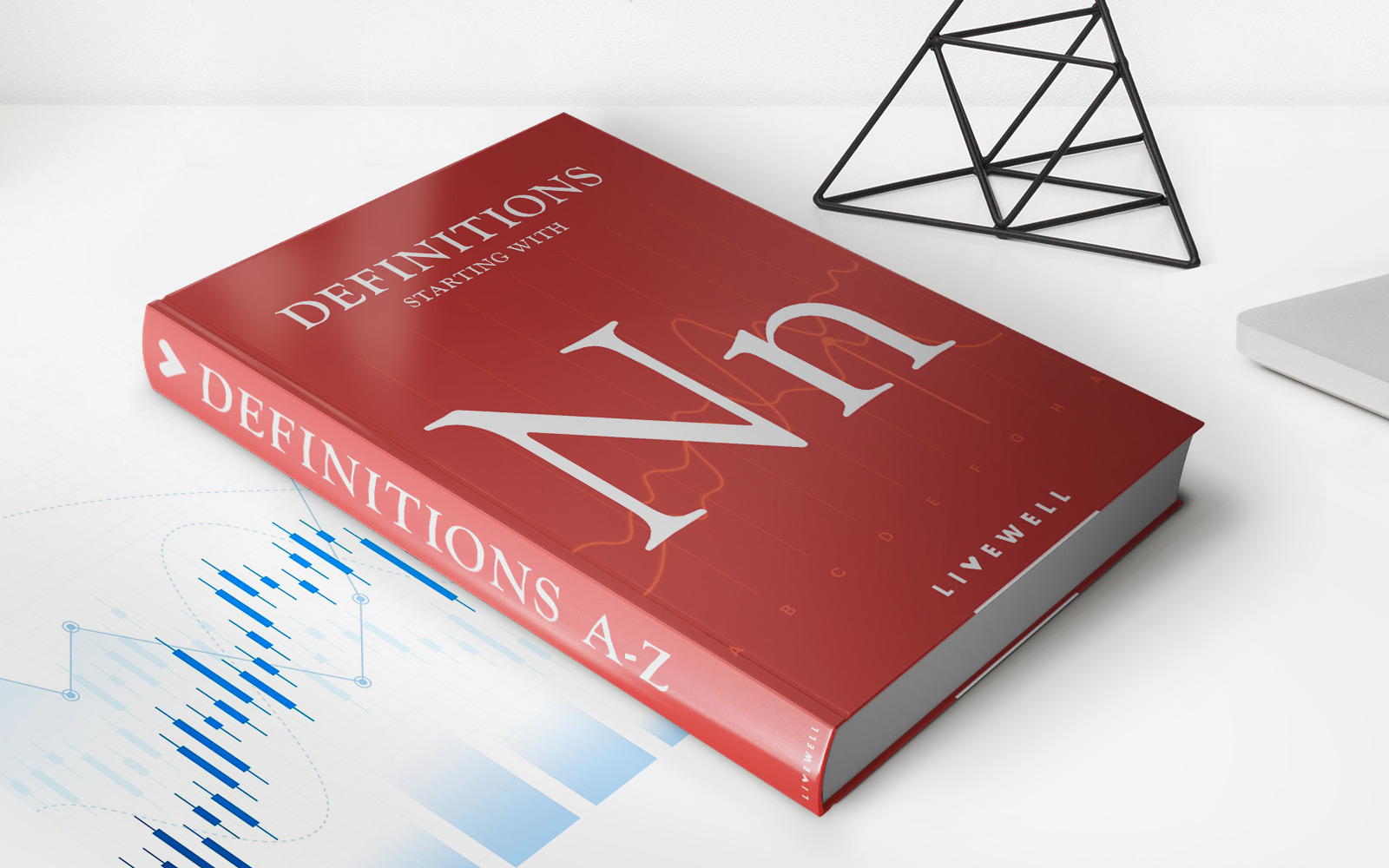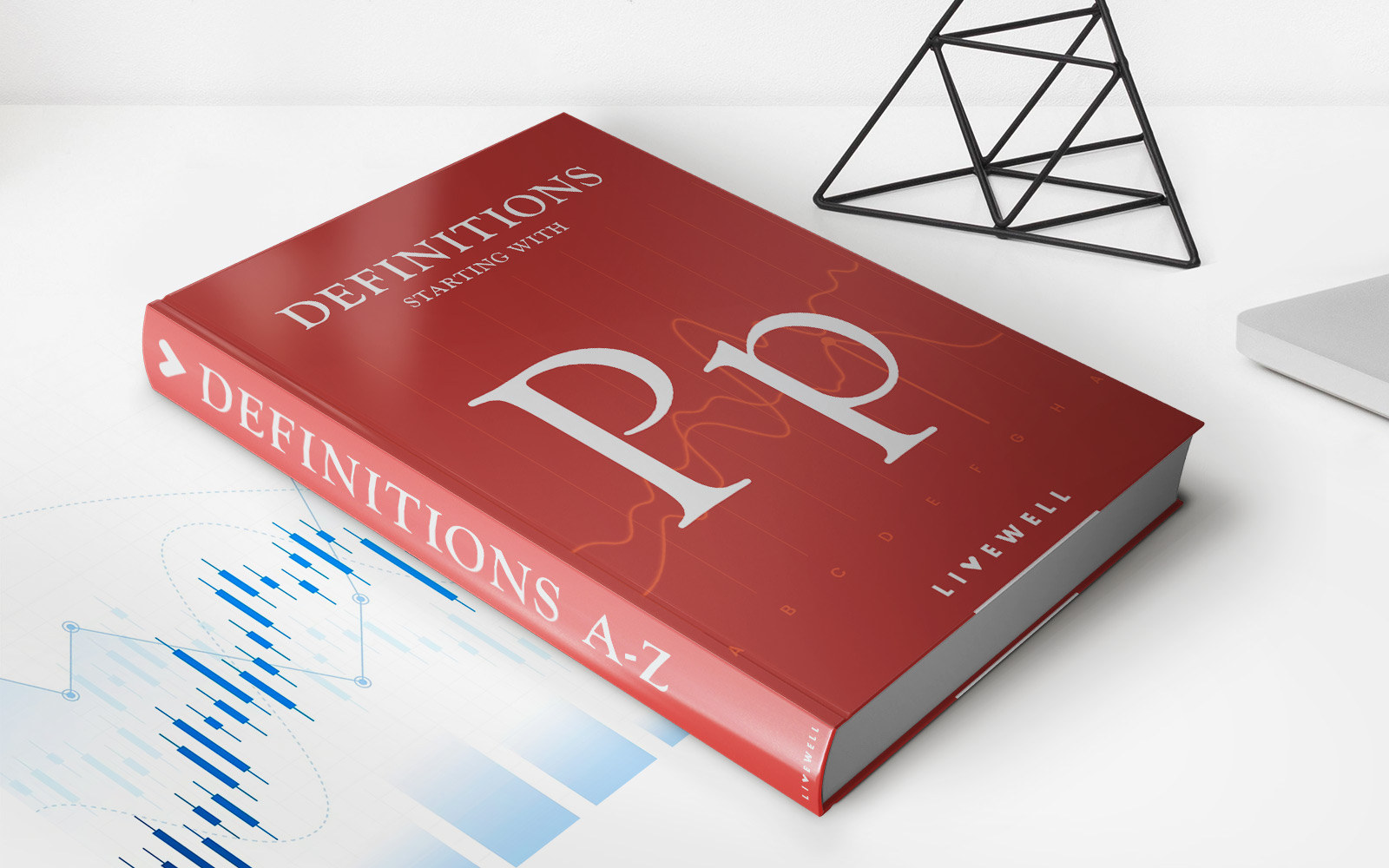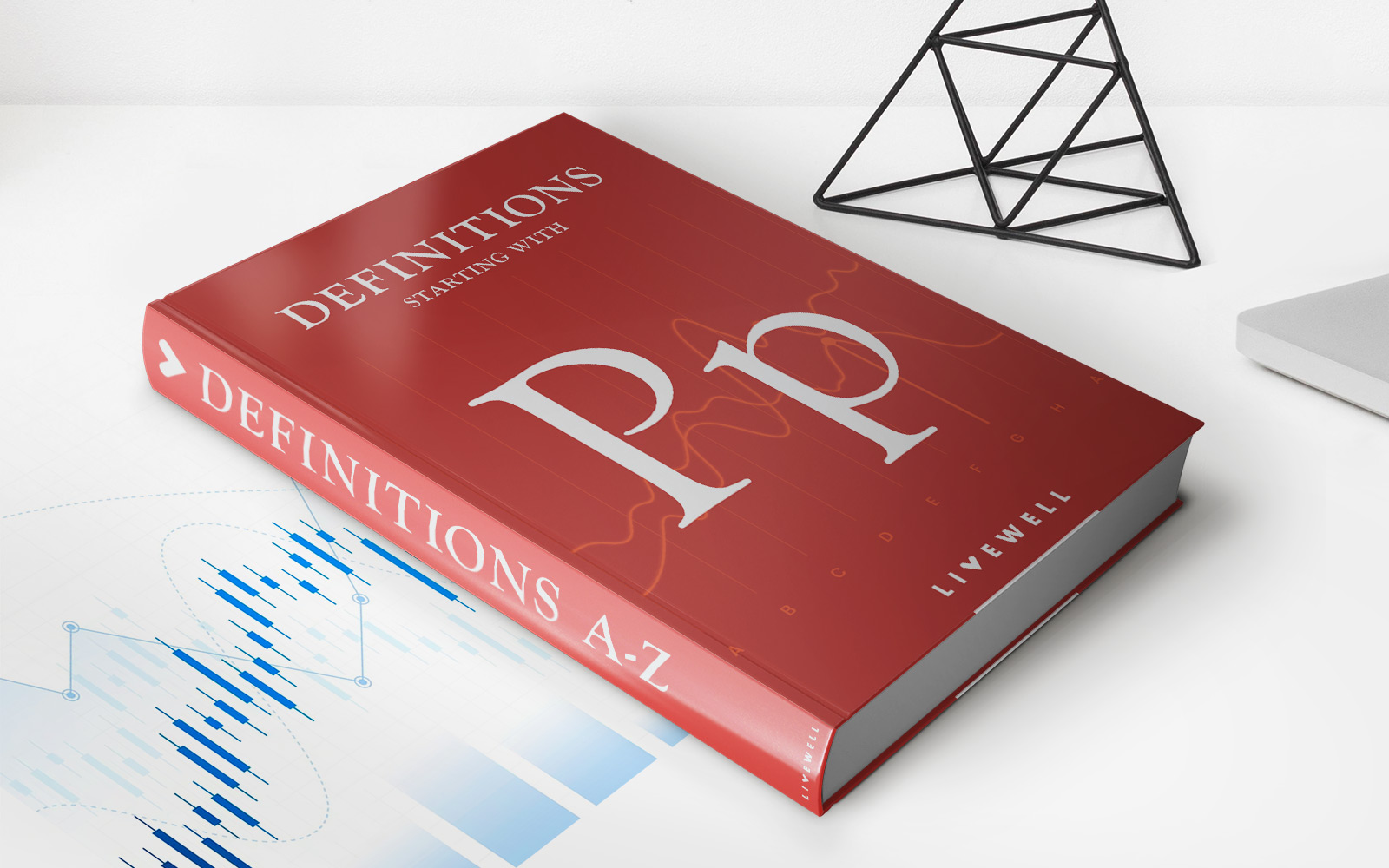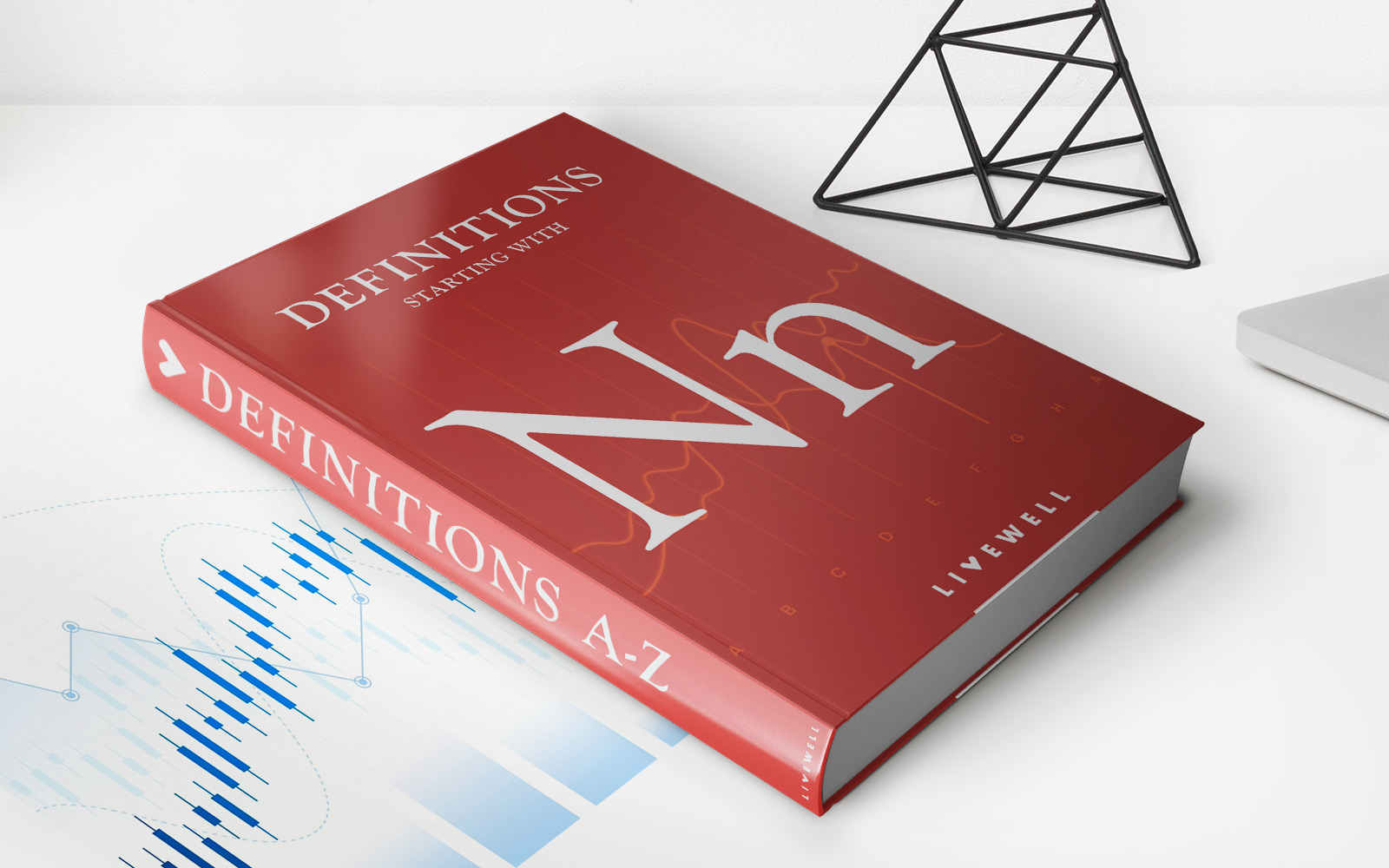Home>Finance>What Is A Fee? Definition, How They Work, Types, And Examples


Finance
What Is A Fee? Definition, How They Work, Types, And Examples
Published: November 23, 2023
Discover the meaning and functionality of fees in finance. Explore different types of fees and gain insights through real-life examples.
(Many of the links in this article redirect to a specific reviewed product. Your purchase of these products through affiliate links helps to generate commission for LiveWell, at no extra cost. Learn more)
What Is a Fee? Definition, How They Work, Types, and Examples
When it comes to managing our personal finances, understanding the various fees that we encounter is essential. From banking to investing, fees can play a significant role in our financial health. But what exactly is a fee? How do they work? And what are the different types of fees we might encounter? In this blog post, we’ll answer all these questions and more.
Key Takeaways:
- A fee is a payment or charge for a specific service or privilege.
- Fees can vary depending on the industry, service provider, and the type of transaction.
Defining Fees
A fee can be defined as a payment or charge that is imposed for a particular service or privilege. It is typically paid to a service provider for the value they provide or for certain rights or benefits they offer.
Now that we have a general understanding of what a fee is, let’s take a closer look at how they work and the different types of fees you may come across.
How Do Fees Work?
When you engage in a transaction or use a specific service, such as opening a bank account, investing in stocks, or hiring a professional, you may be required to pay a fee. These fees are used by the service provider to cover their costs and generate revenue.
Here are a few key points about how fees work:
- Fees can be one-time charges or recurring payments, depending on the nature of the service.
- The amount of the fee can vary based on factors such as the service provider, location, and the complexity of the transaction.
- Service providers may have different fee structures, including flat fees, percentage-based fees, or a combination of both.
- Fees are often disclosed upfront to ensure transparency and allow consumers to make informed decisions.
- In some cases, fees may be negotiable, especially in professional services where there is room for discussion.
Types of Fees
There are numerous types of fees that we encounter in our day-to-day financial activities. Here are some common types:
- Transaction Fees: These are charges imposed by financial institutions or service providers for processing transactions. For example, ATM fees, wire transfer fees, or brokerage commission fees.
- Annual Fees: Many credit cards charge an annual fee as a cost for maintaining the card. These fees can vary based on the card’s features and benefits.
- Management Fees: Investment firms charge management fees for overseeing and managing investment portfolios. These fees are typically a percentage of the total assets under management.
- Overdraft Fees: When you spend more money than what’s available in your bank account, you may be charged an overdraft fee. This fee covers the cost of extending funds to cover the negative balance.
- Late Payment Fees: Creditors may charge late payment fees if you fail to make your payments on time. These fees are intended to incentivize timely payments and cover administrative costs.
- Service Fees: Various service providers may charge fees for services rendered. This can include professional fees (e.g., legal or consulting fees) or fees for services like passport applications.
Examples of Fees
To put these concepts into perspective, here are a few examples of fees you might encounter:
- ATM fees charged by your bank or other financial institutions for using an out-of-network ATM.
- Brokerage commission fees when buying or selling stocks or other securities.
- Monthly maintenance fees charged by your bank for a specific type of bank account.
- Retirement account management fees charged by your investment advisor.
These are just a few examples, and fees can vary widely depending on the industry and service provider.
In Conclusion
Fees are an essential aspect of our financial lives, and understanding them is crucial for making informed decisions. By defining what fees are, how they work, and exploring different types and examples, we hope this blog post has provided you with a solid foundation of knowledge to navigate the world of fees more confidently.
Remember, fees are not always something to avoid but rather an integral part of the services we receive. By knowing what you’re paying for, you can assess the value you receive and make sound financial choices.














